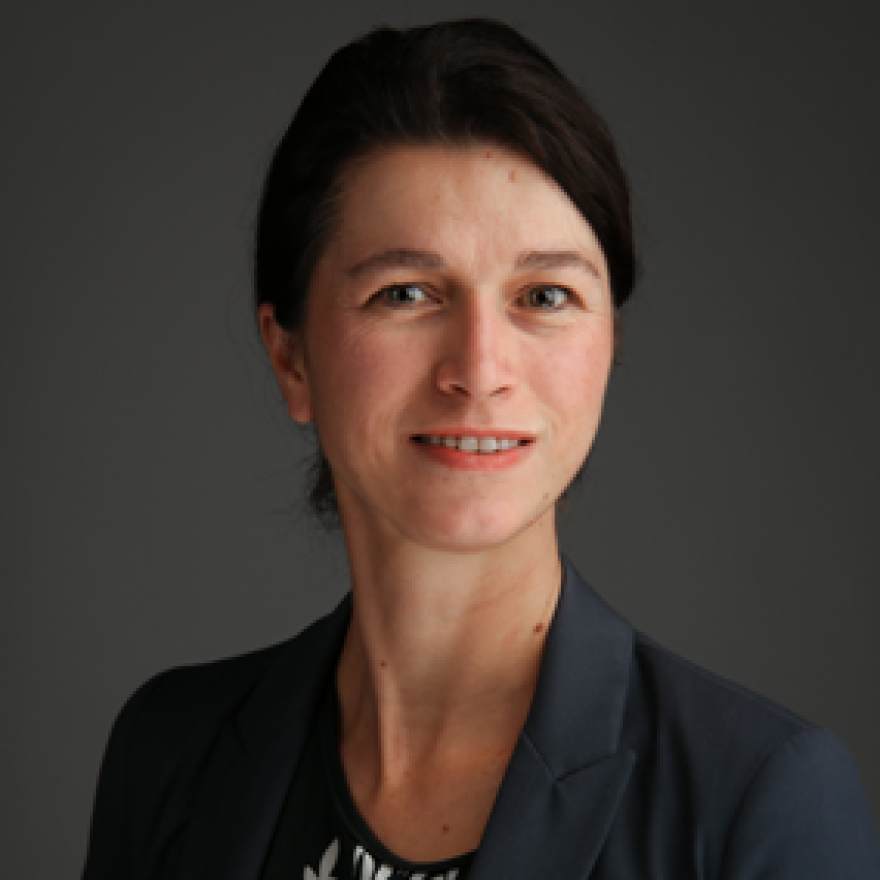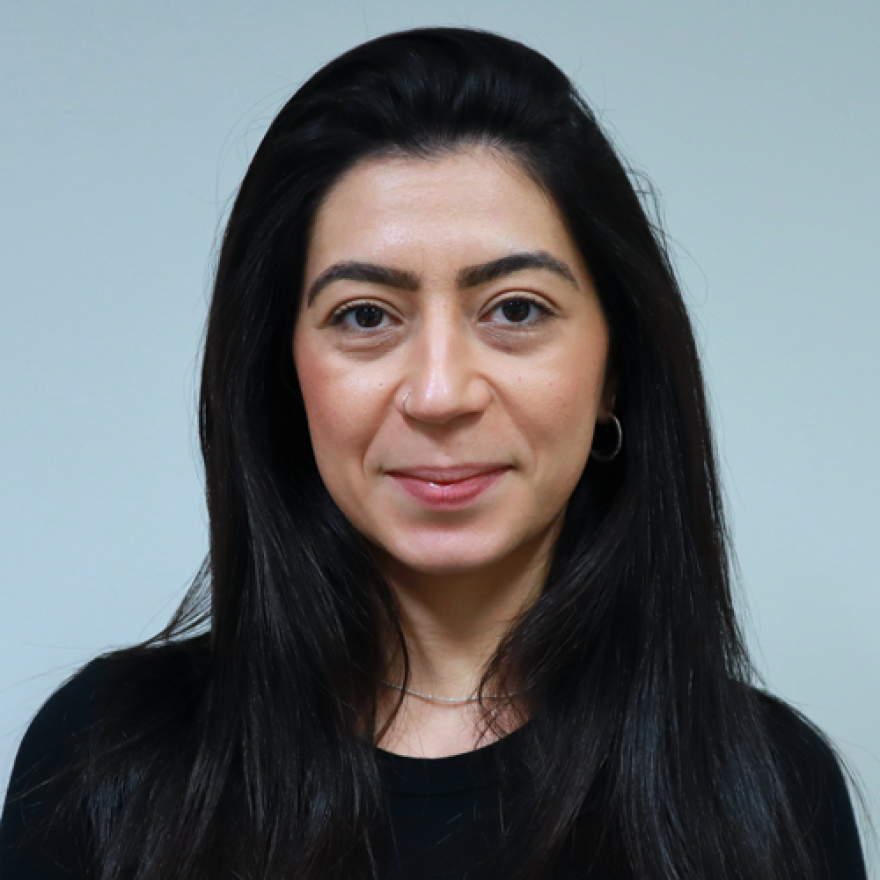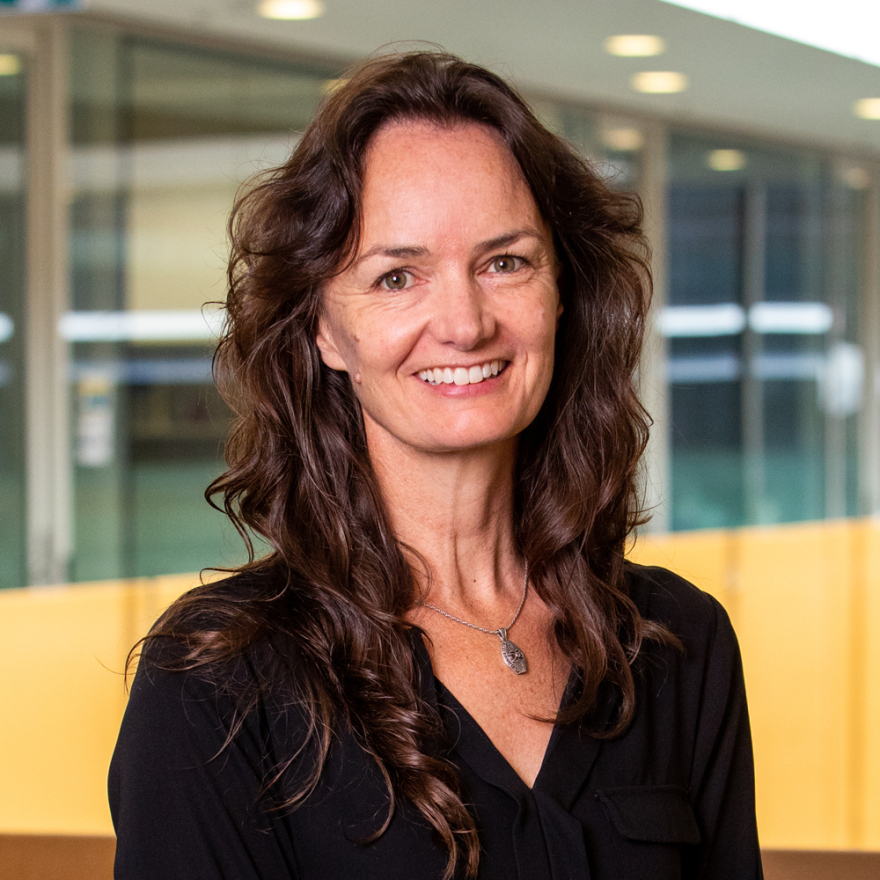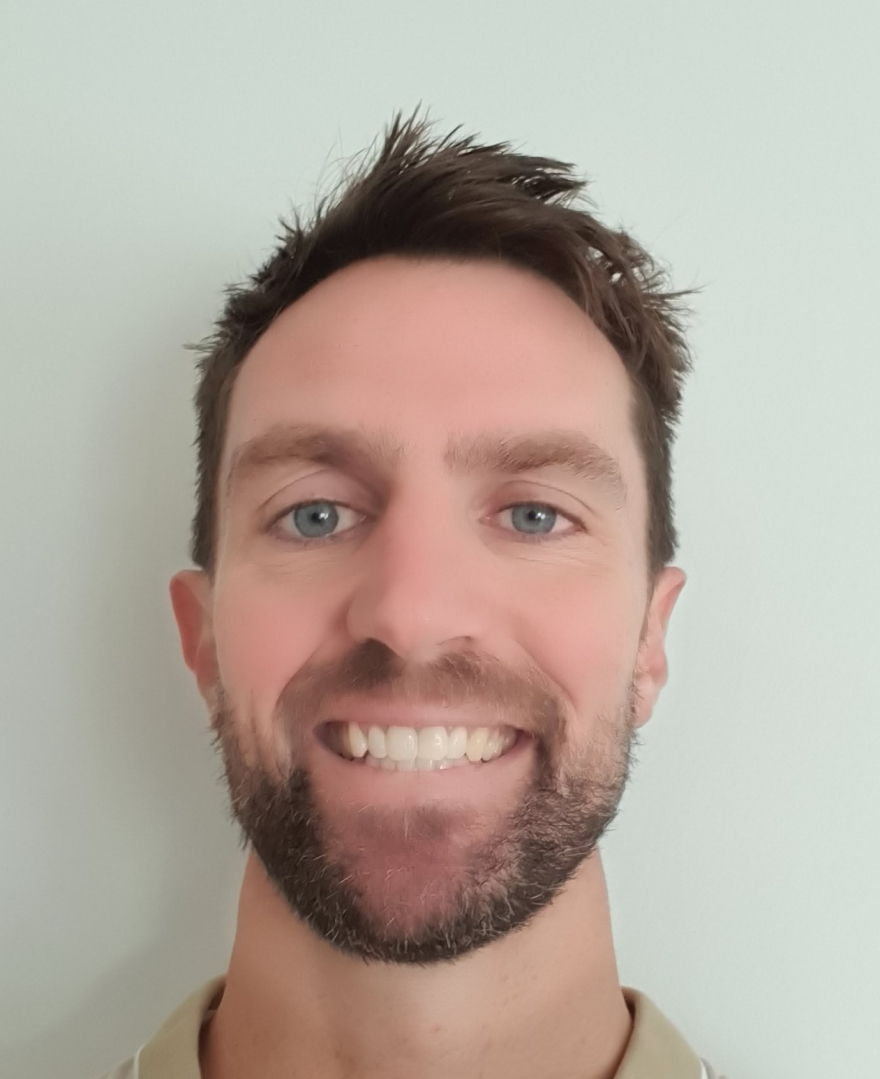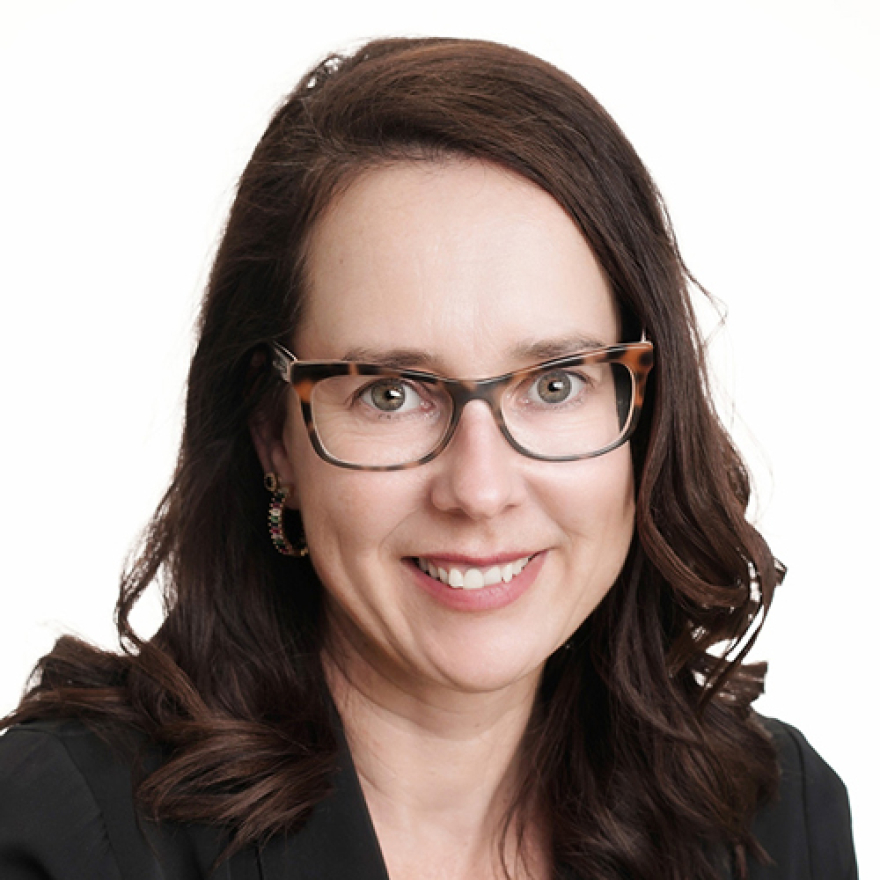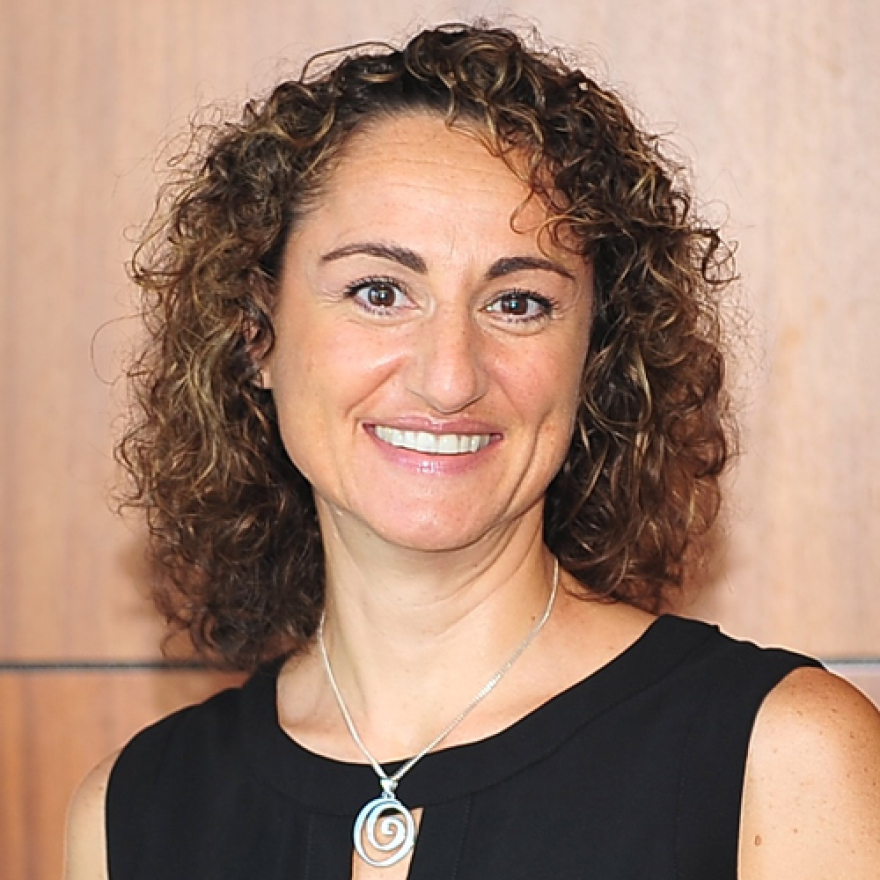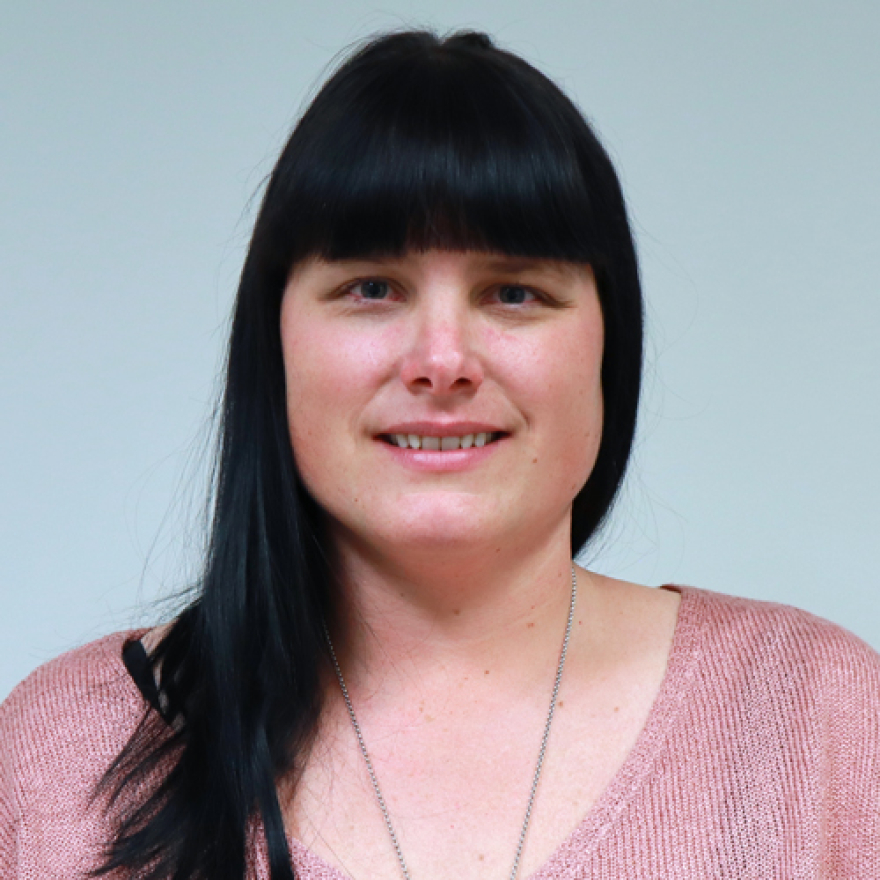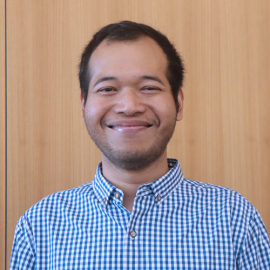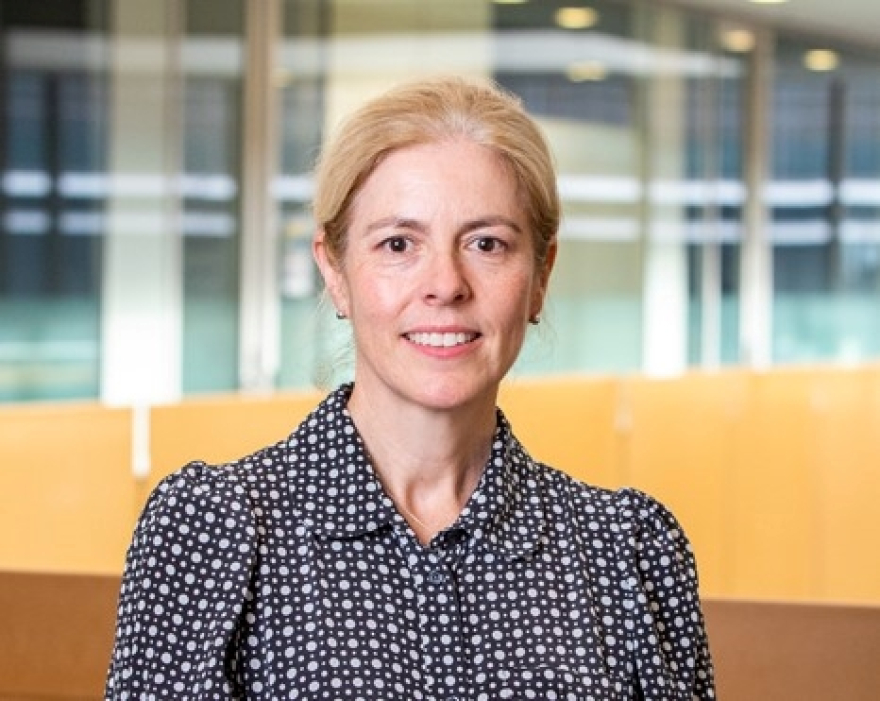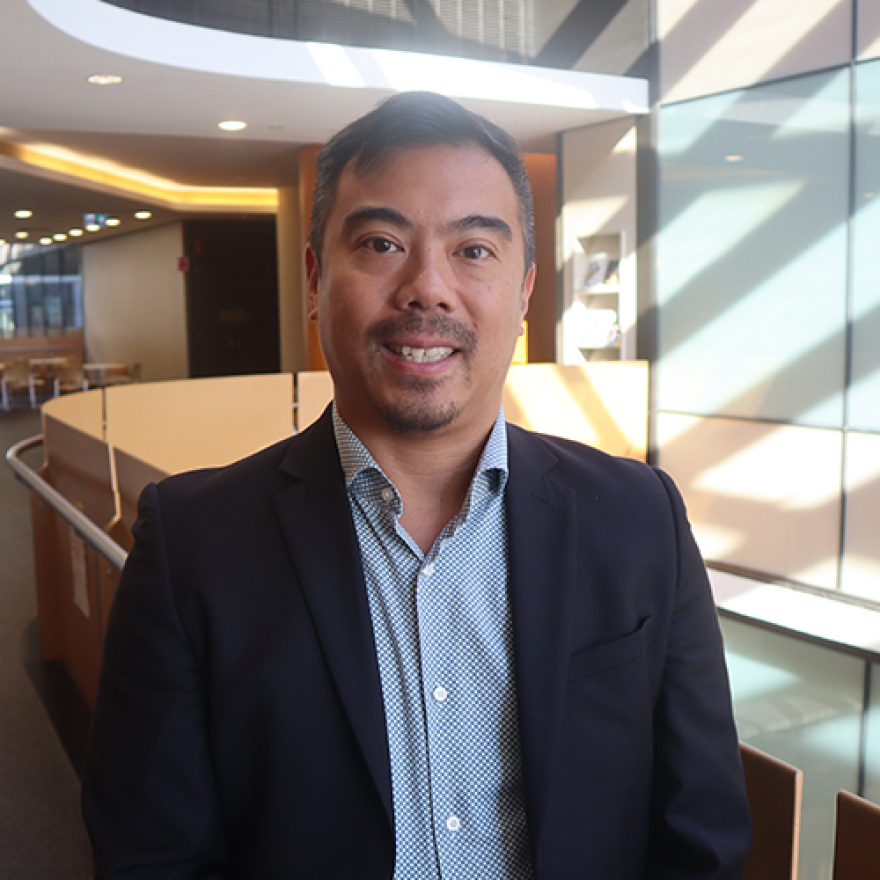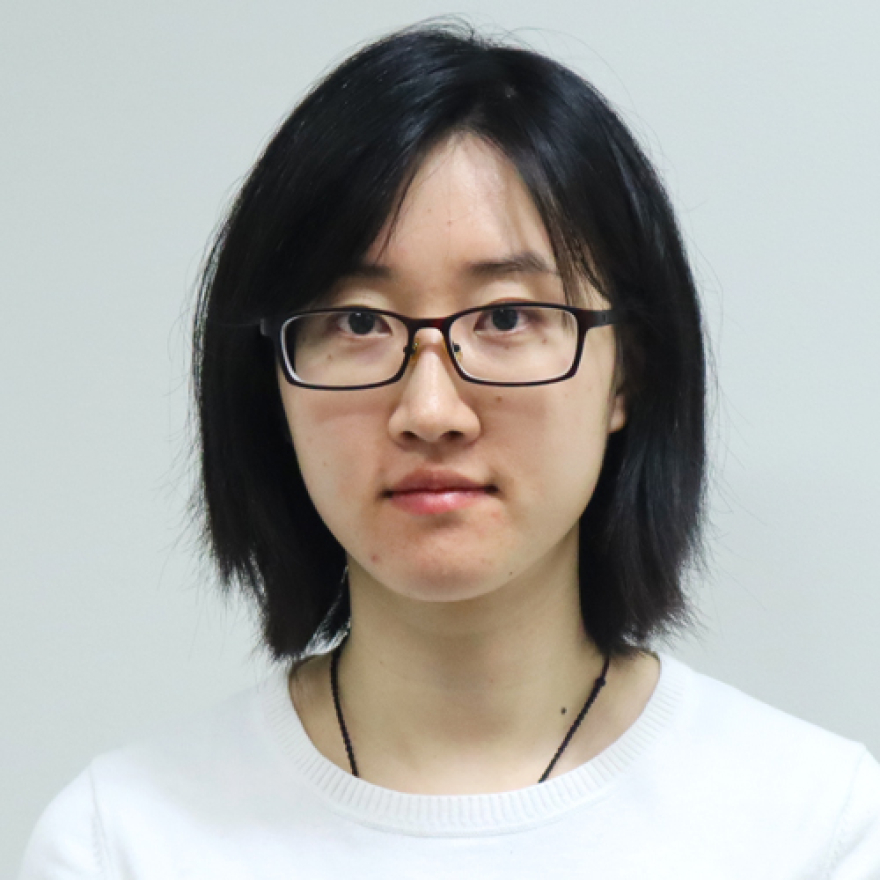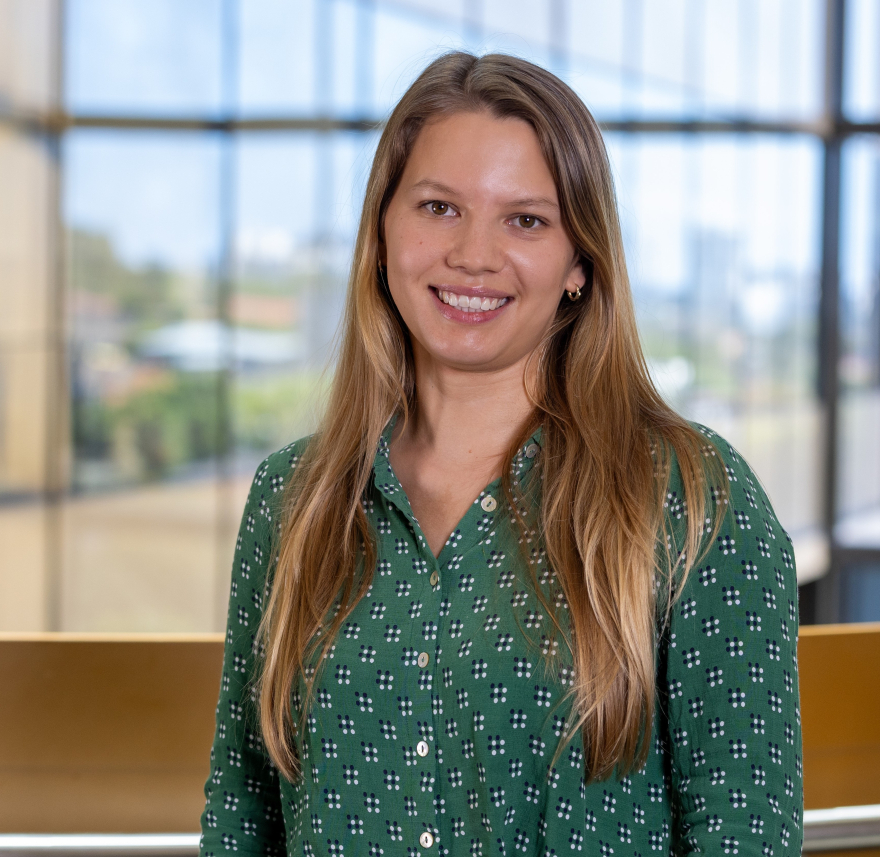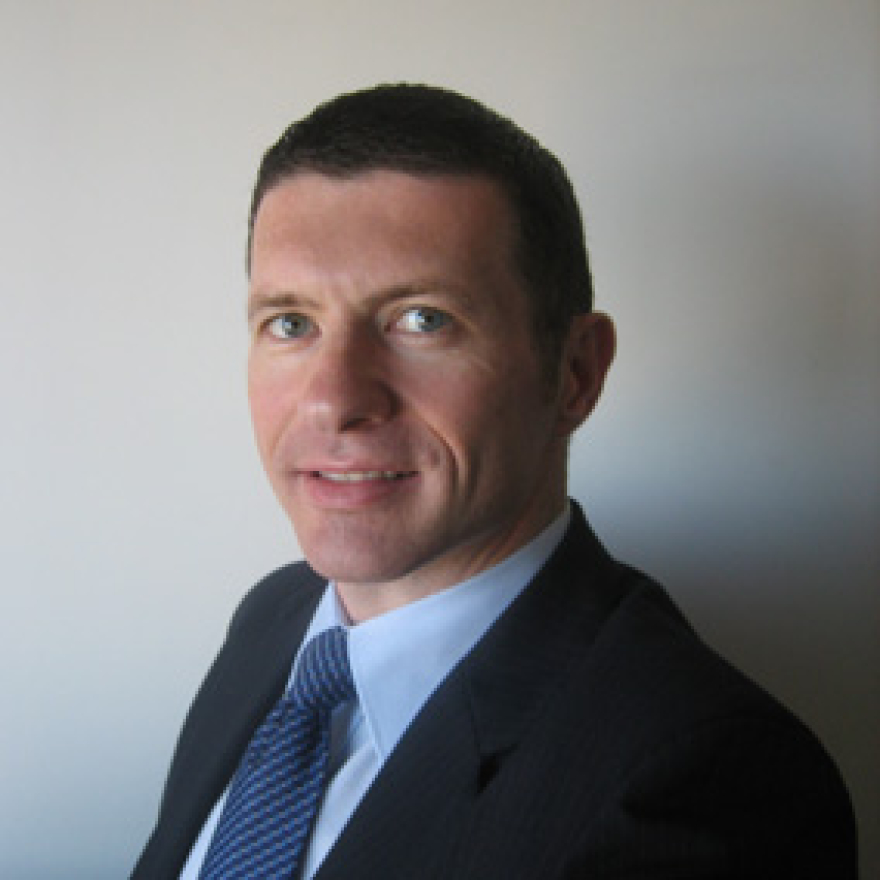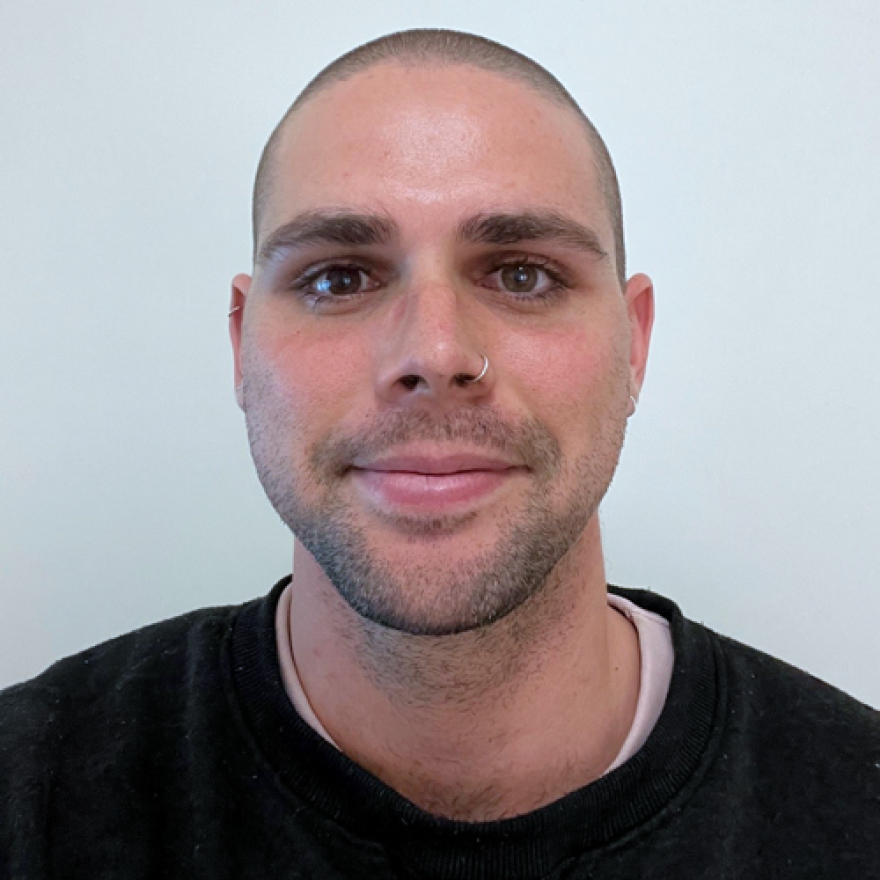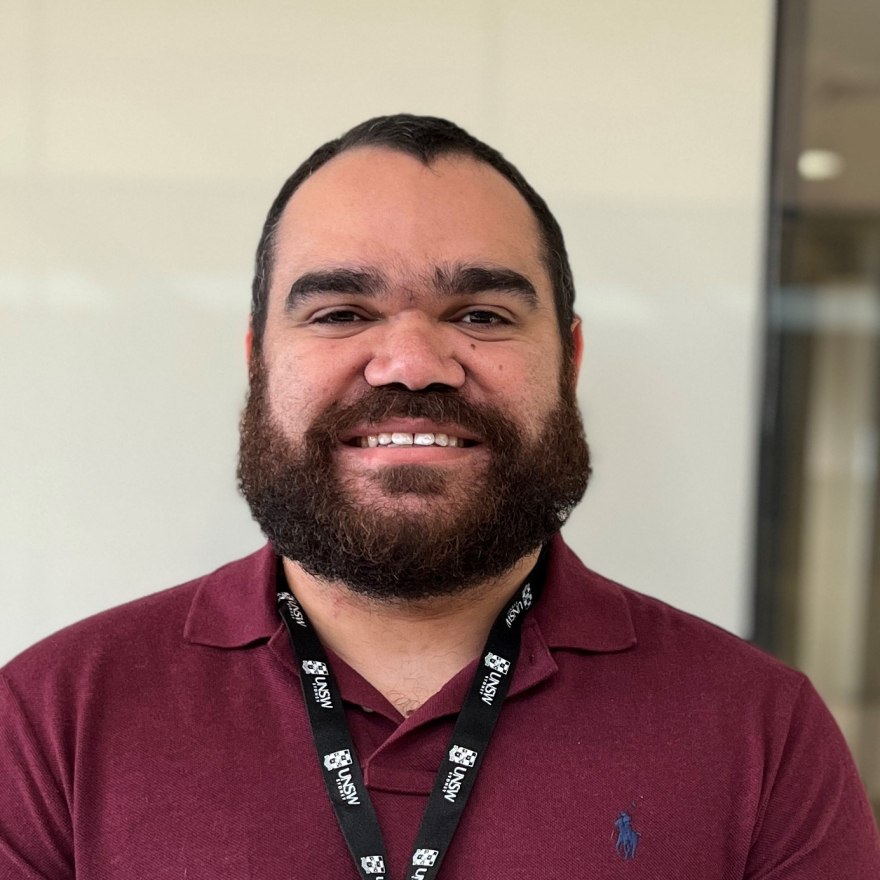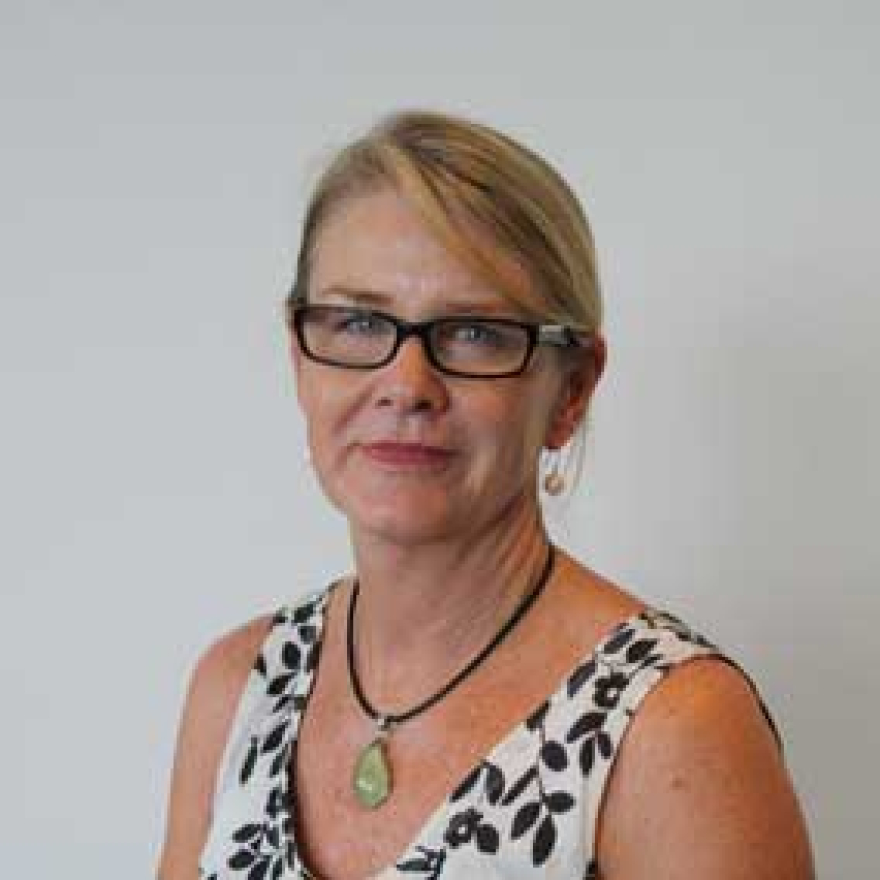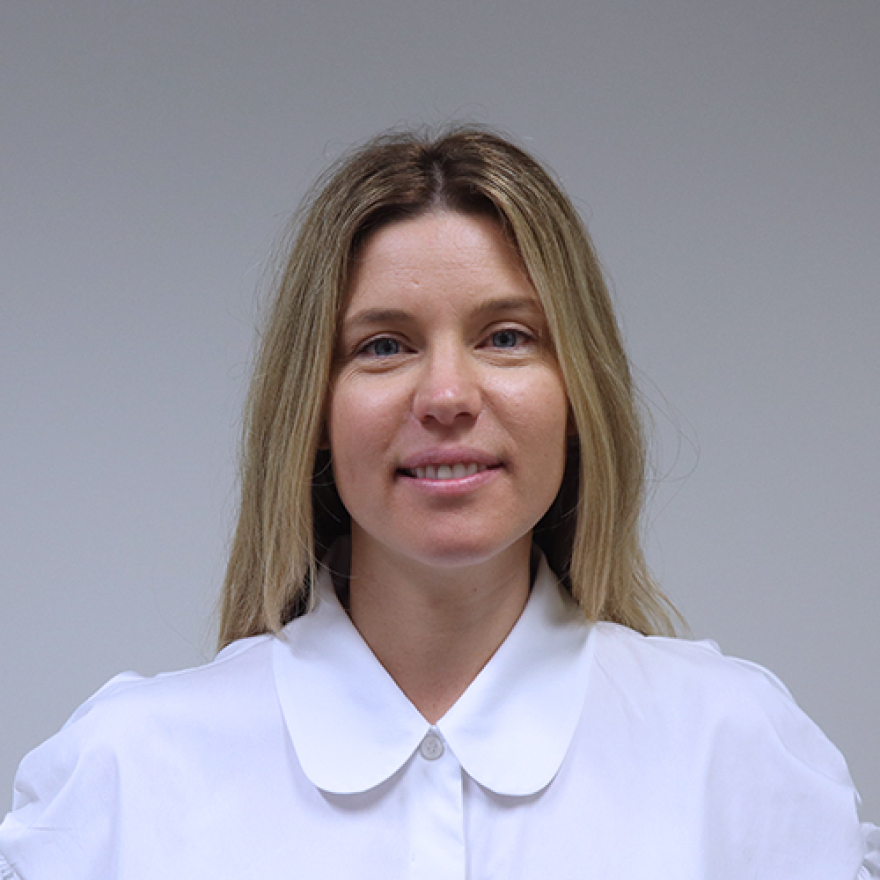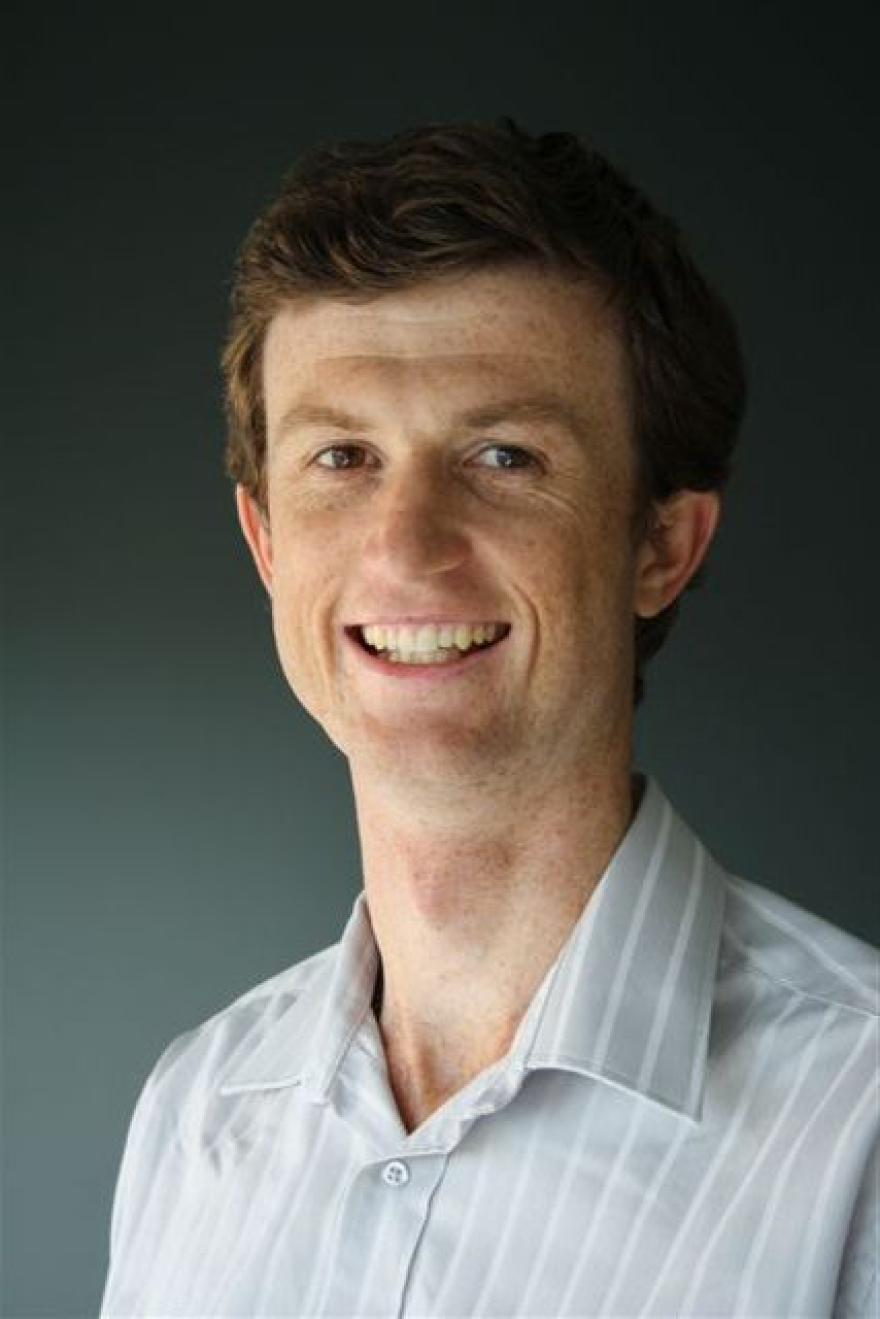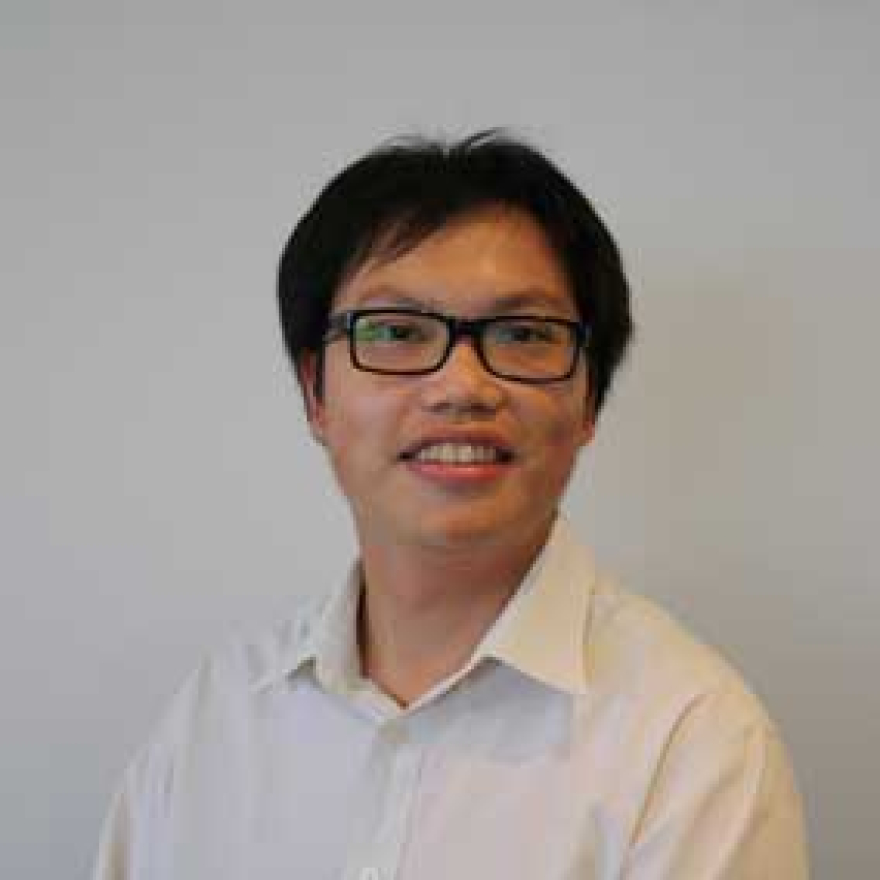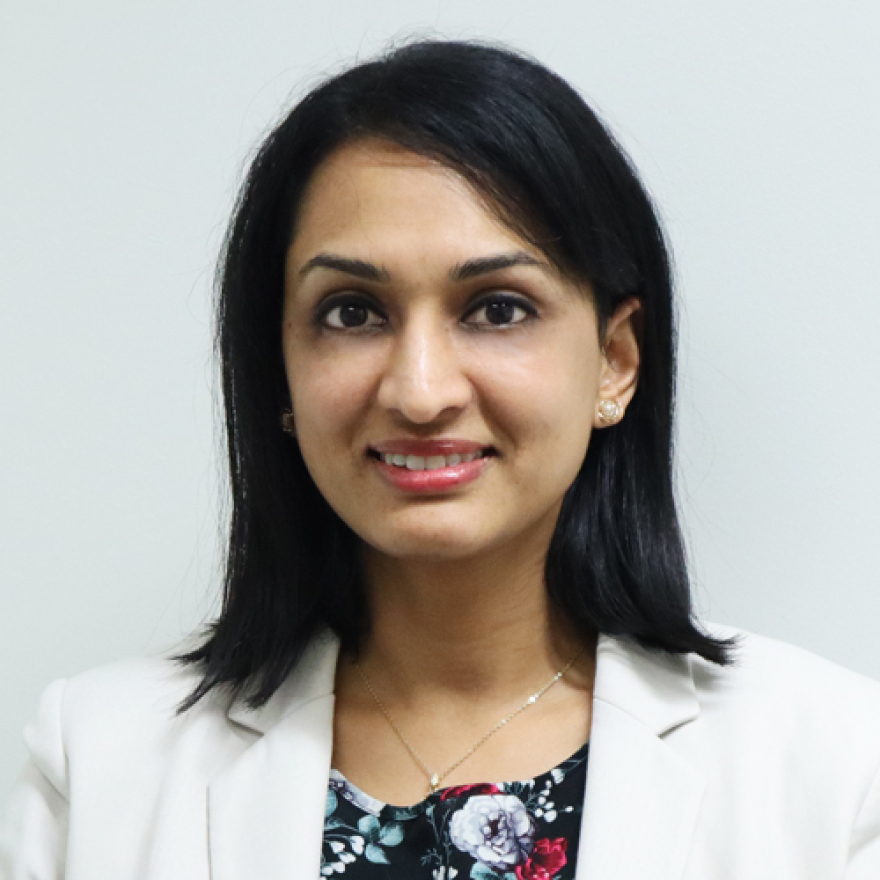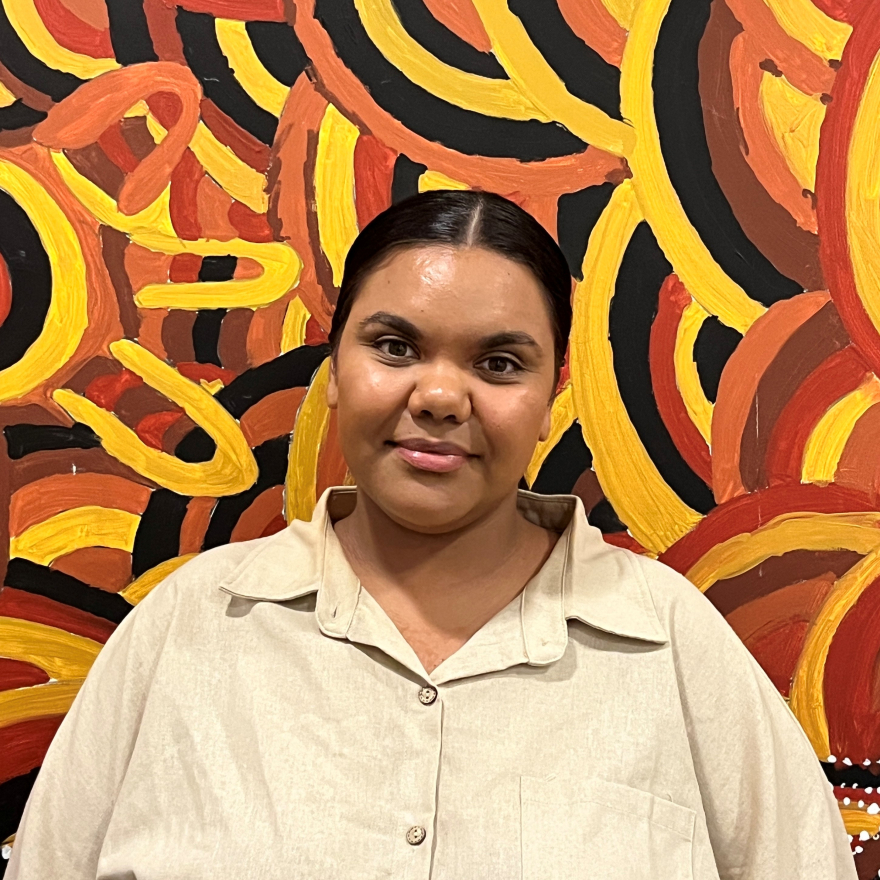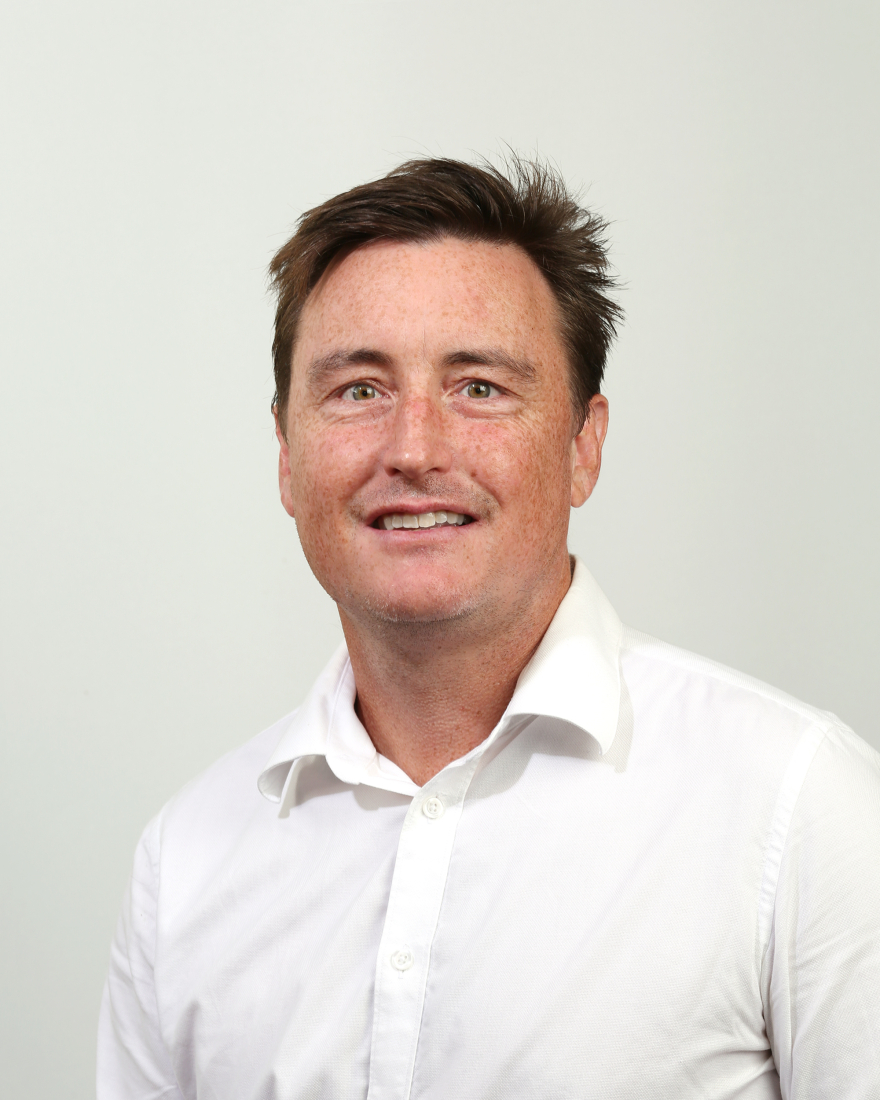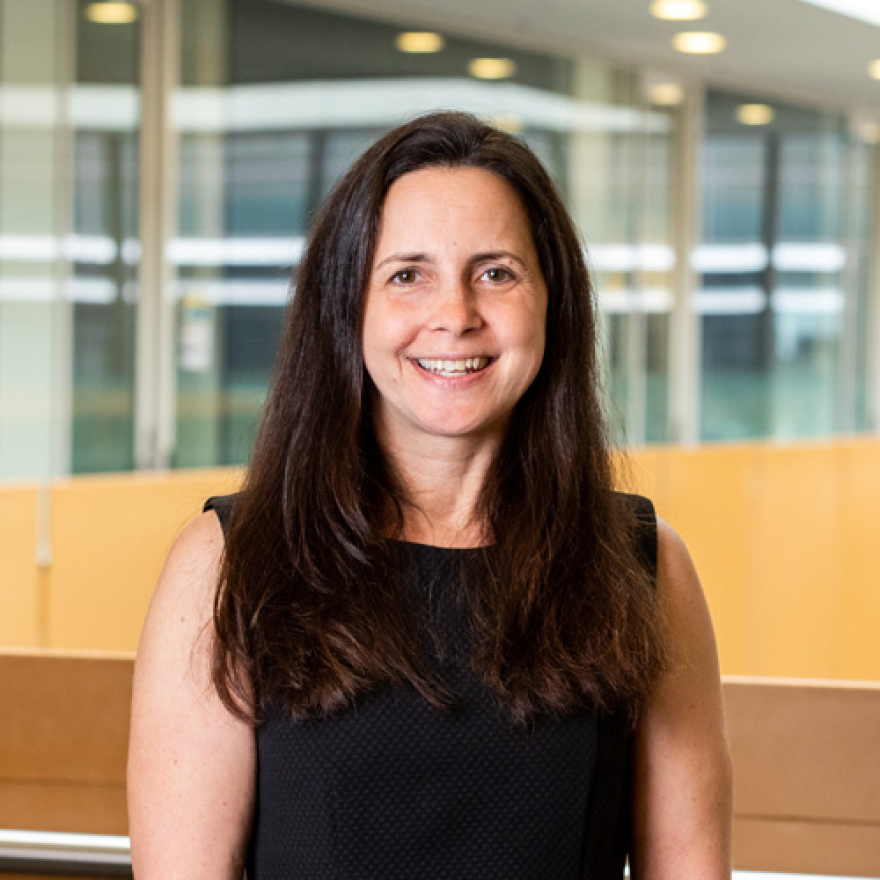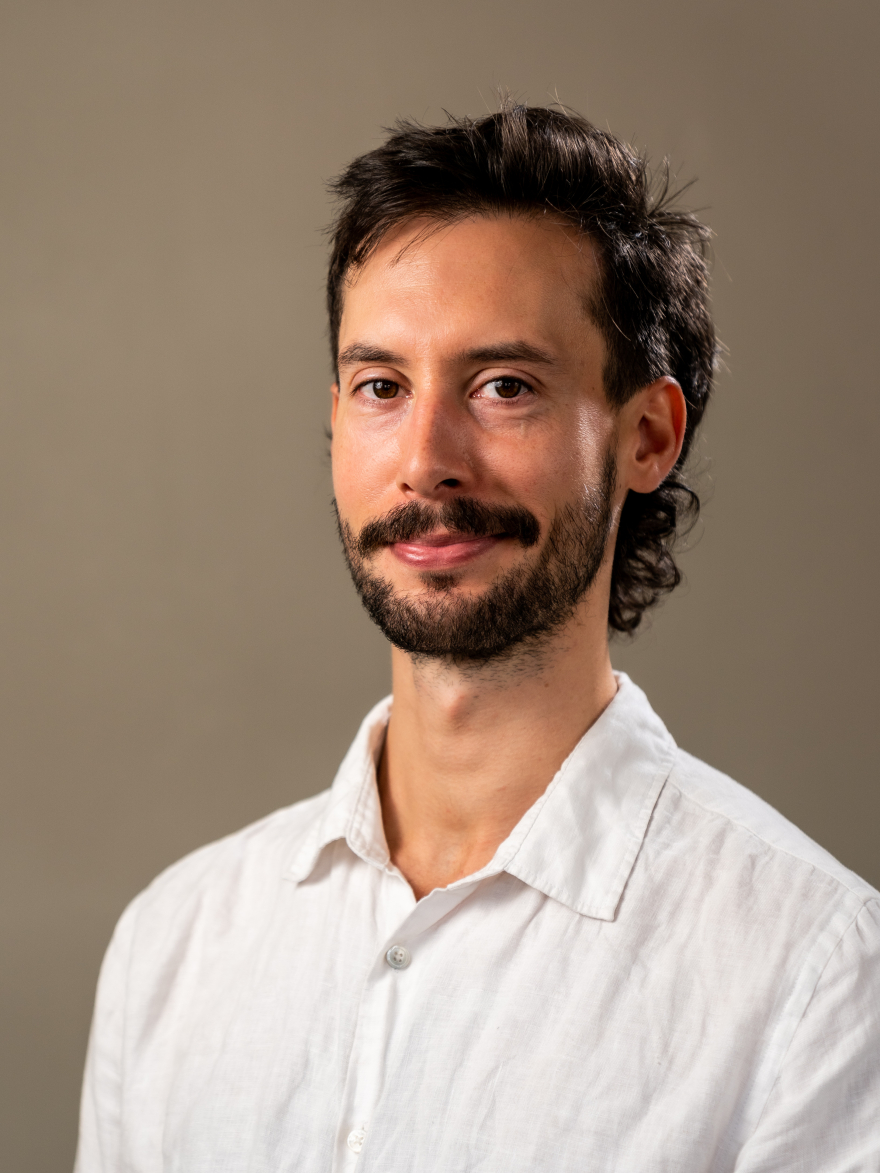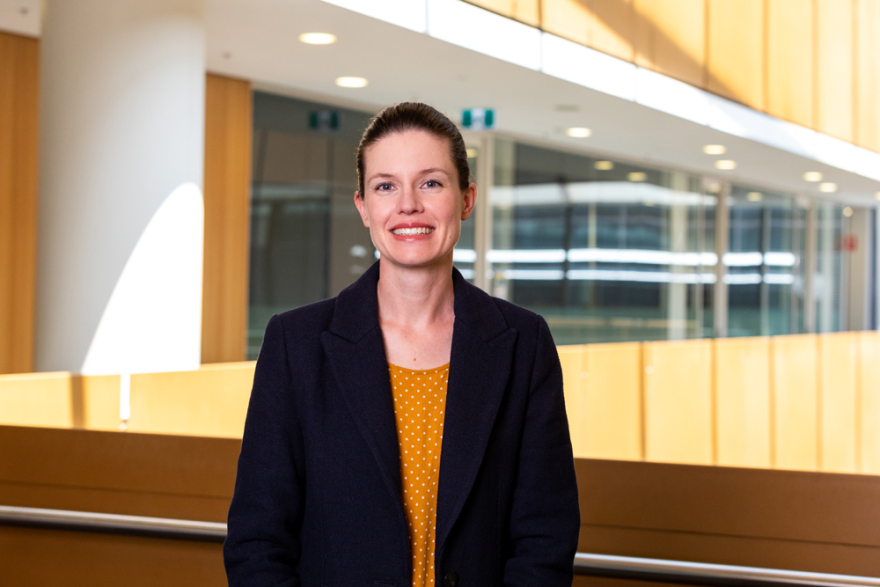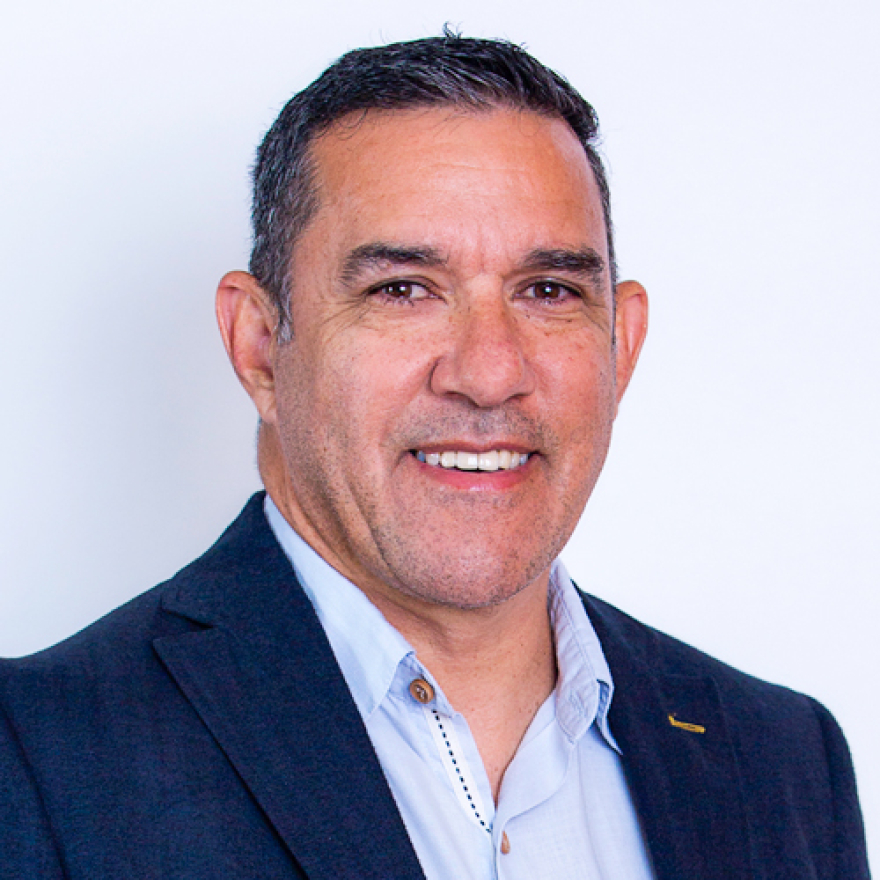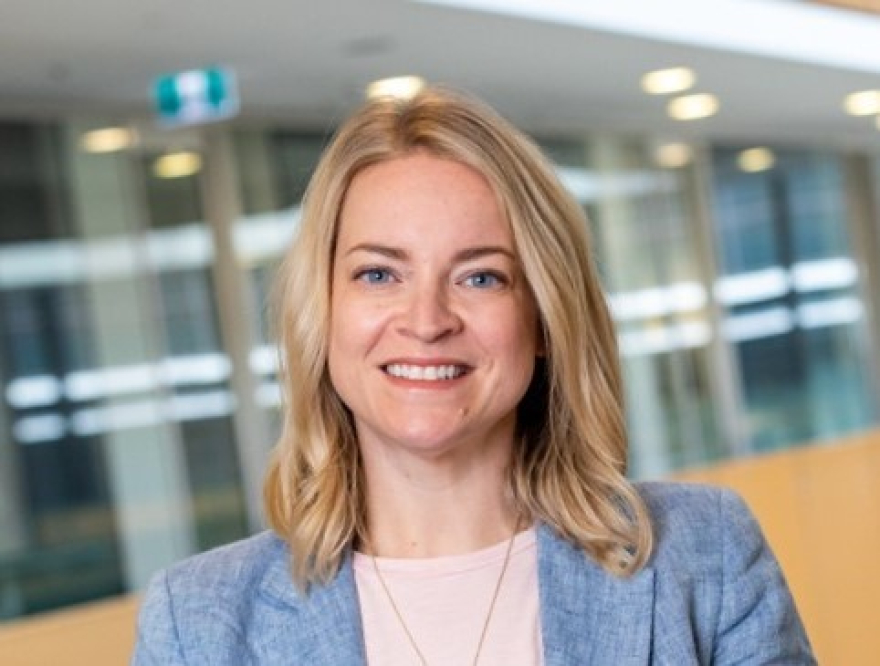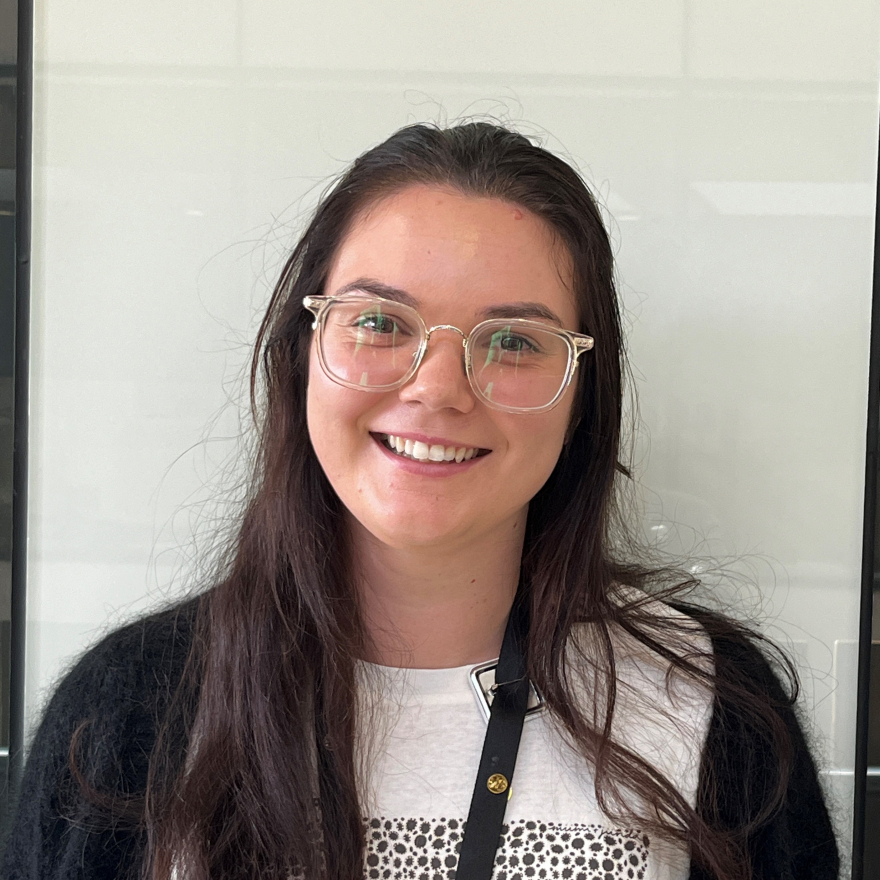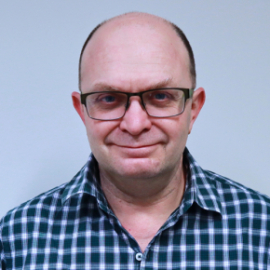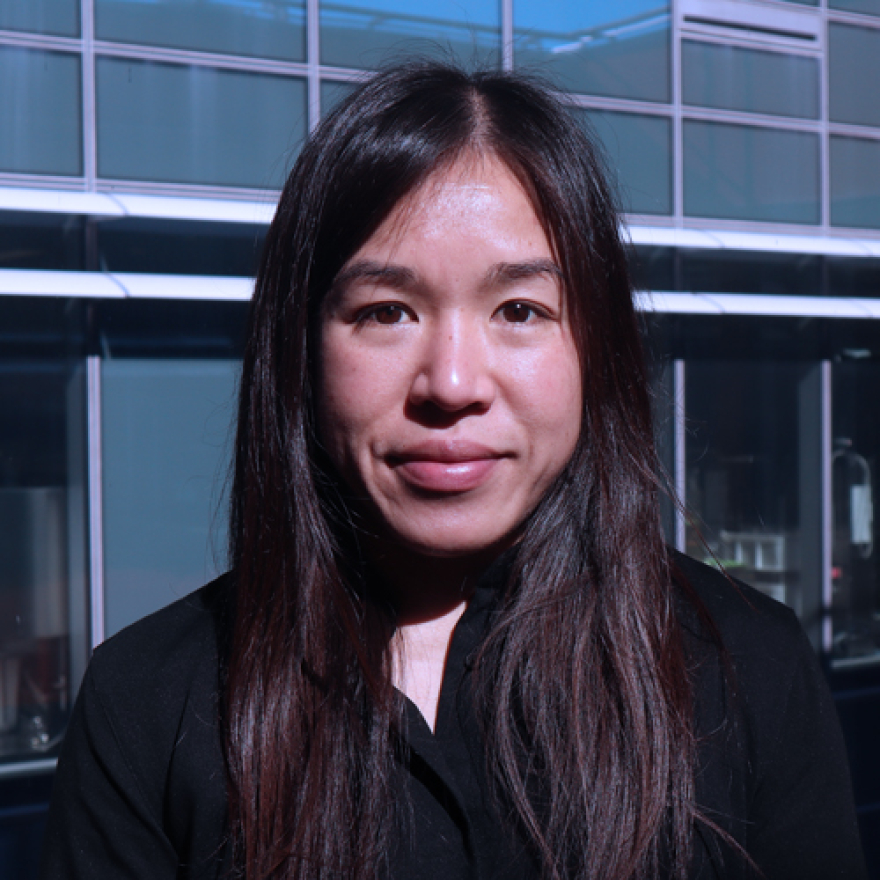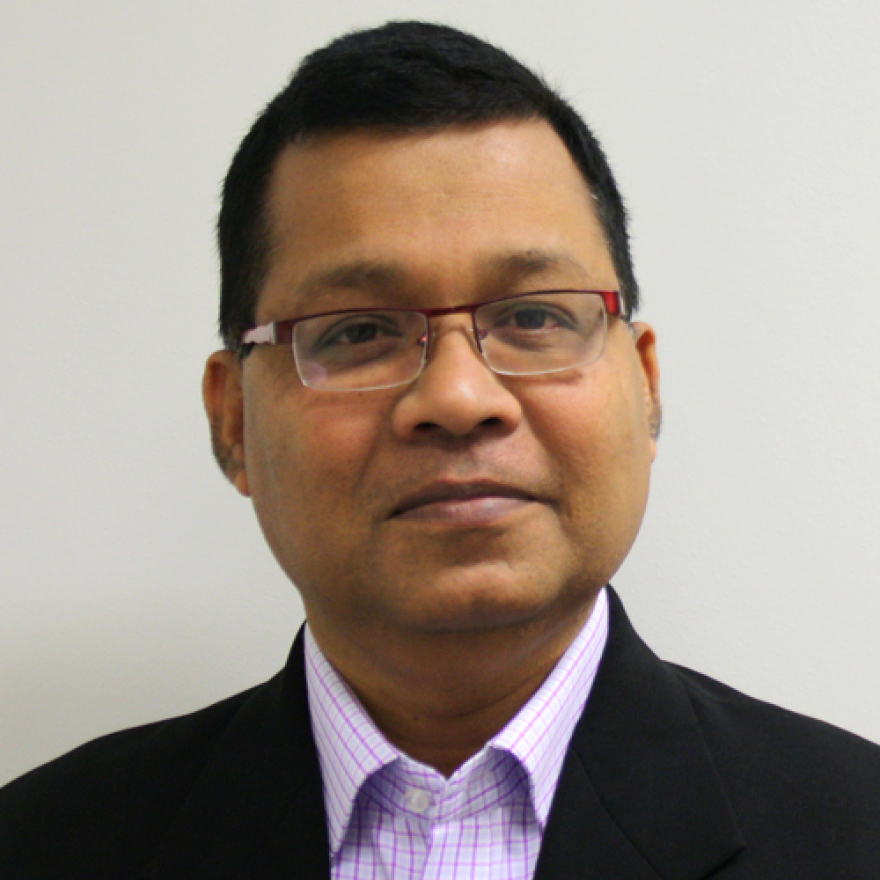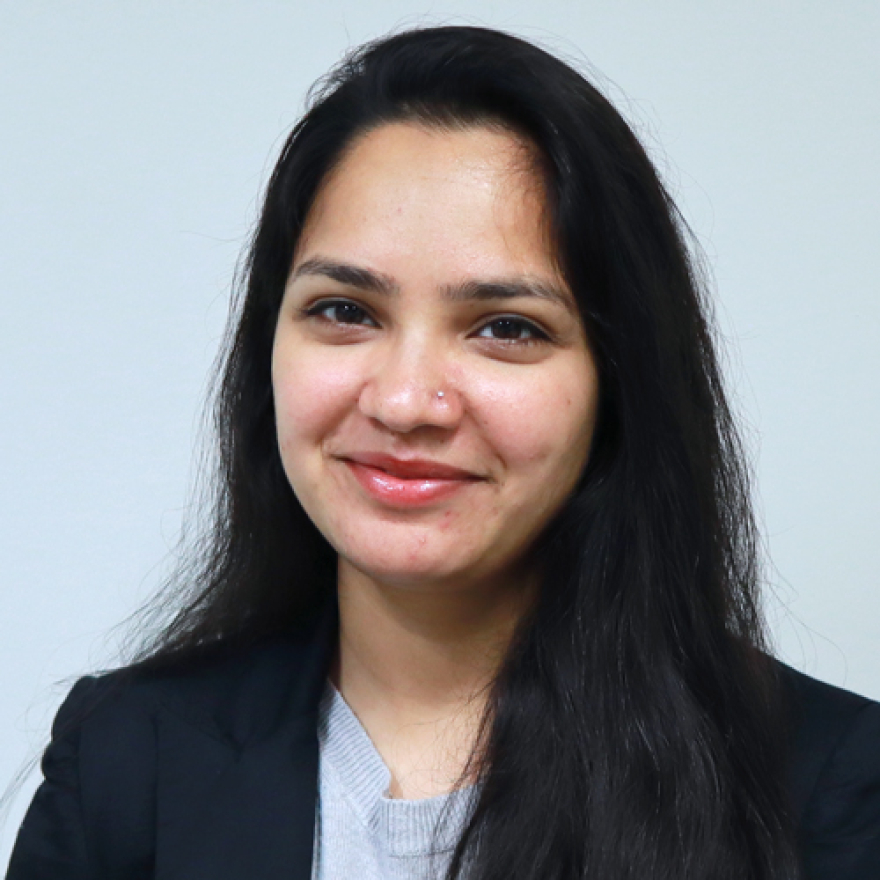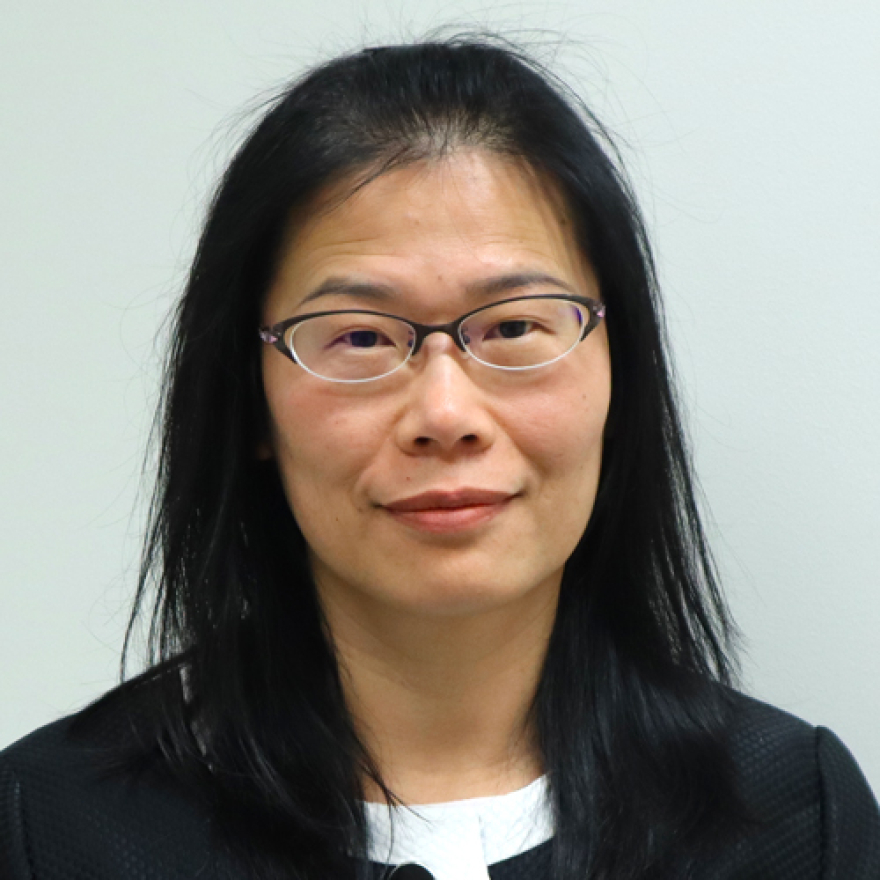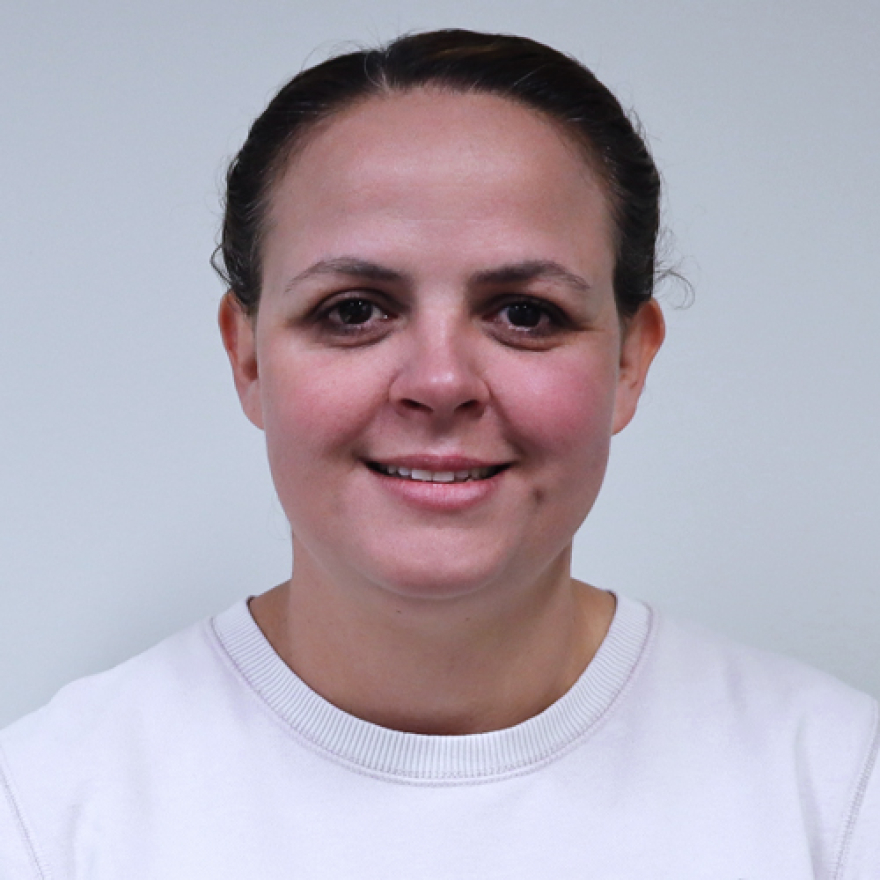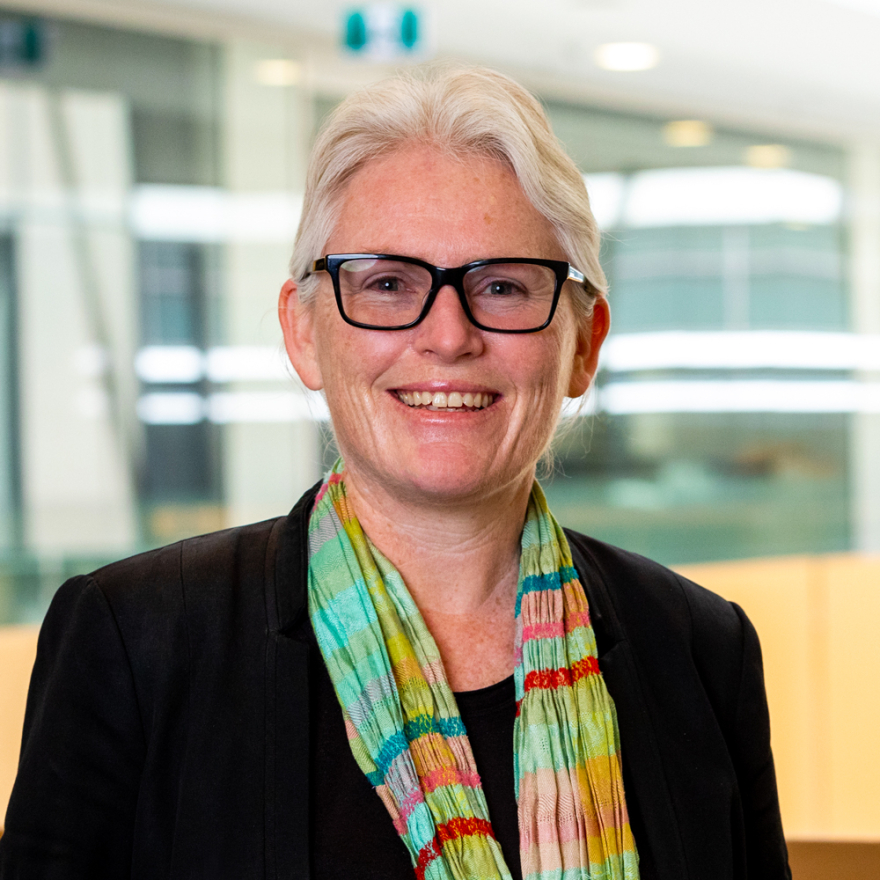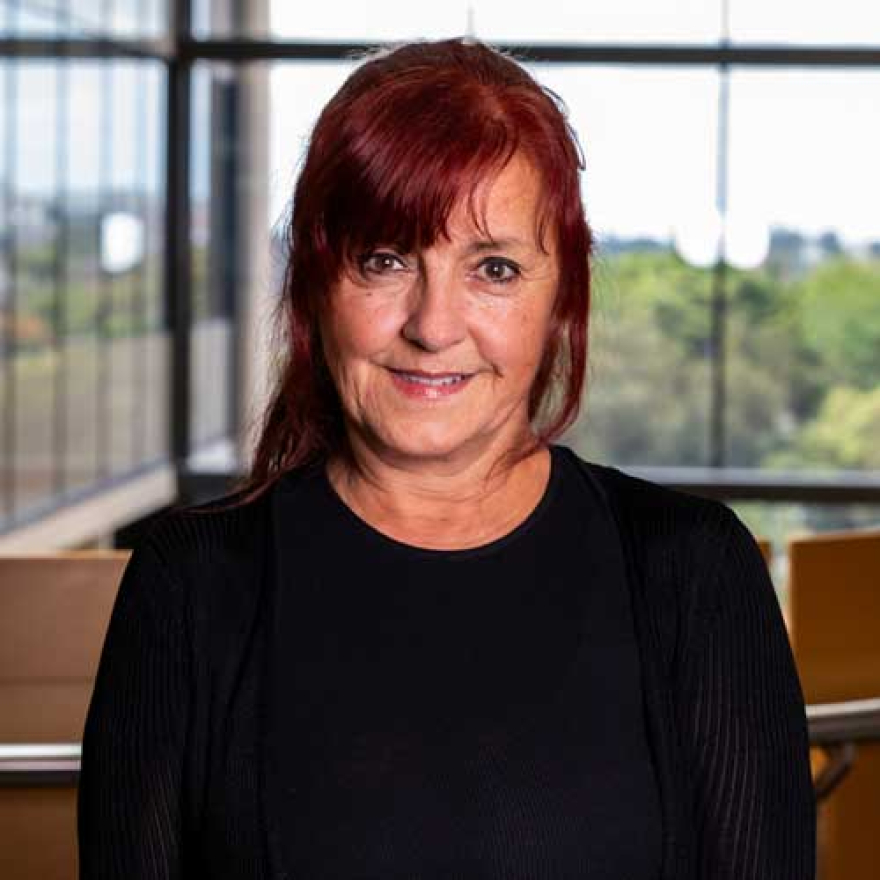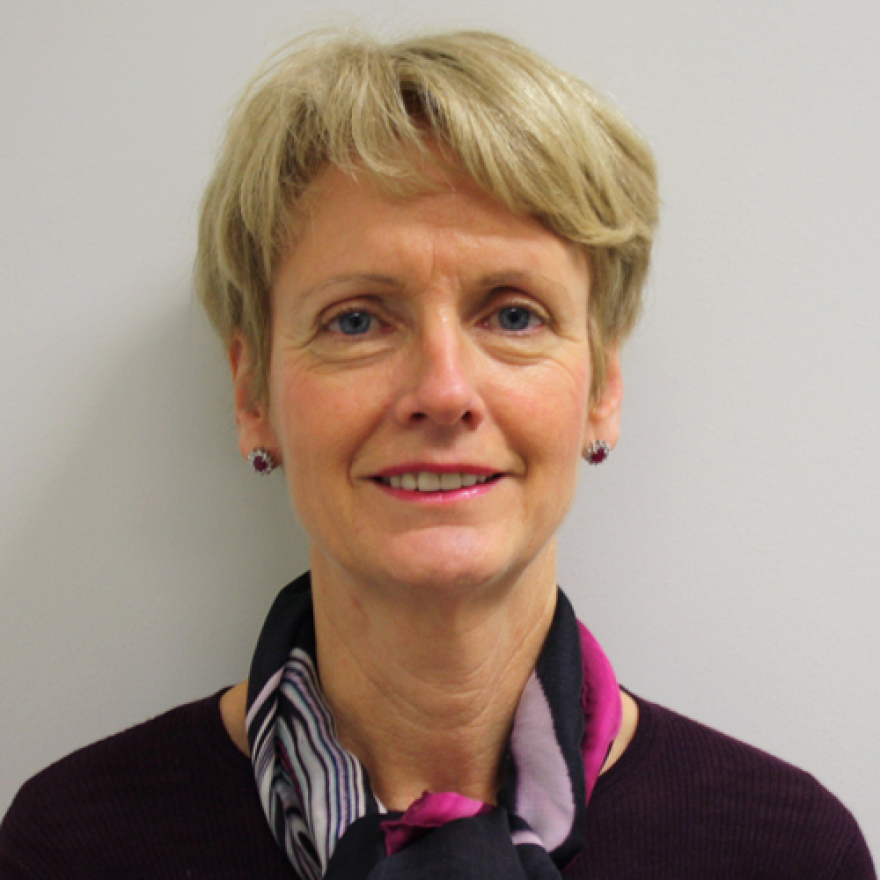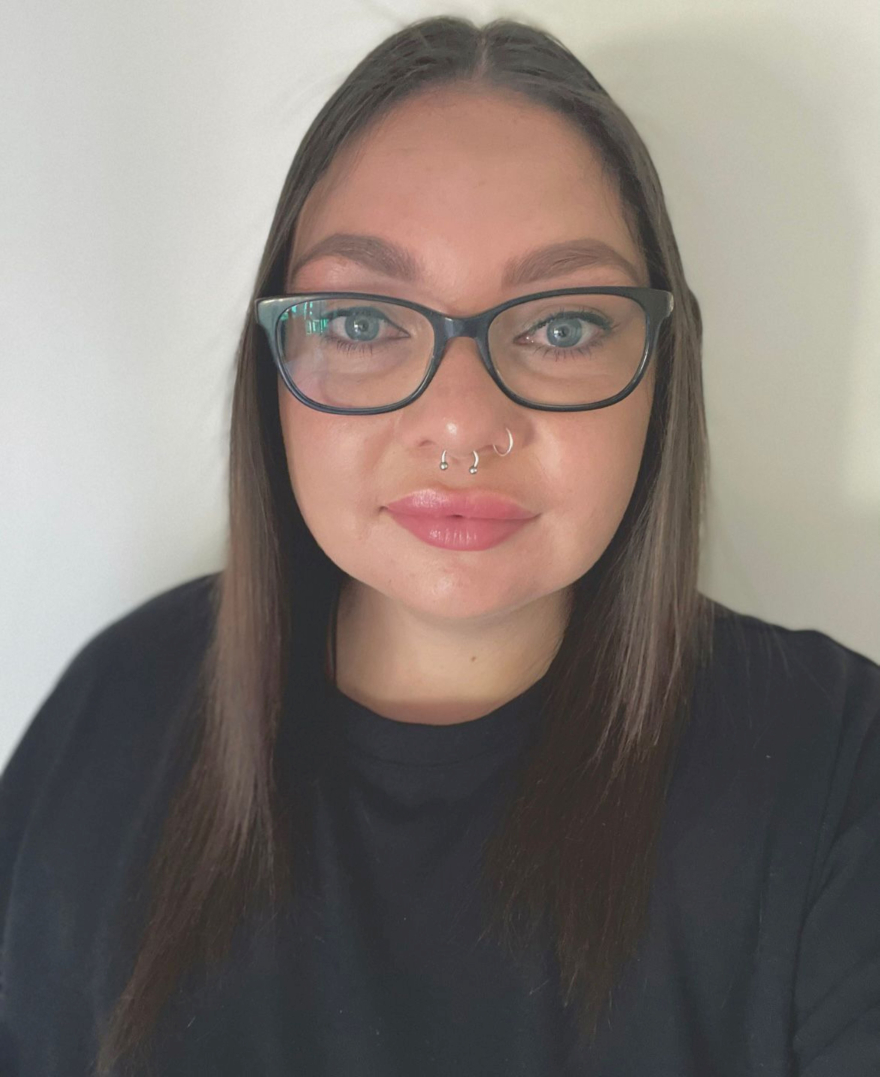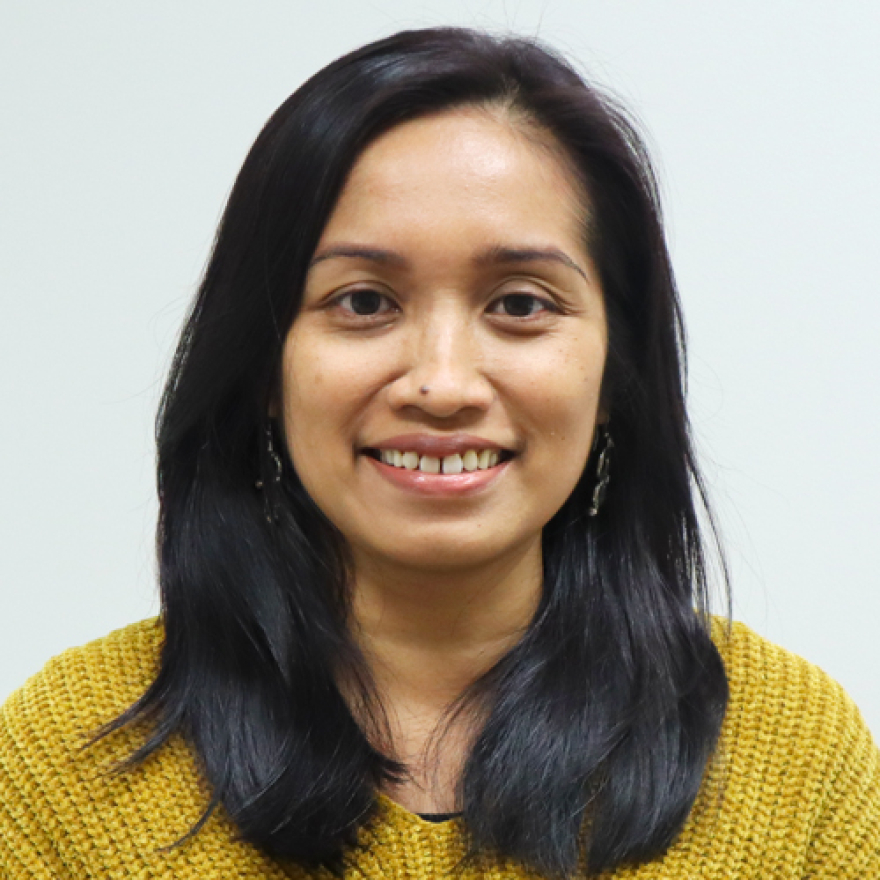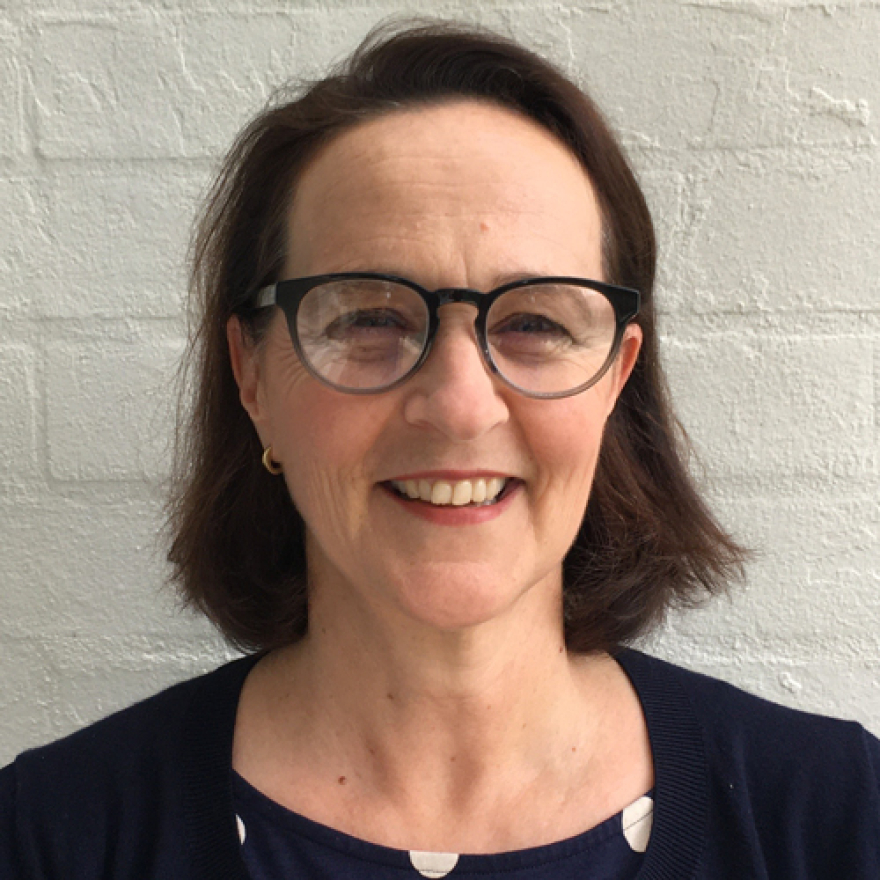Our goal is to conduct research which directs initiatives to areas with the greatest unmet needs and inform progress against infectious disease control and elimination activities.
We focus on reducing sexually transmitted infections in the communities and their associated harms, such as pelvic inflammatory disease, infertility, cervical cancer and stillbirths. Our work also aims to reduce other harms related to sexual and reproductive health, including coercion. In addition to sexually transmitted infections (STIs), our research focuses on COVID-19 and other infectious diseases.
Our activities involve implementing and evaluating a range of public health initiatives to equitably control and minimise the harms, such as strategies to increase health care attendance, vaccination, timely testing and treatment, including the use of point-of care tests, and prophylaxis.
These activities and associated research are highly multidisciplinary and include expertise and methods across clinical, epidemiology, social science, modelling, data linkage, health economics and health systems research.
Our health economics and health systems research work aims to improve the way health care is delivered and financed. This research spans the areas of economic evaluation, equity analysis, complex interventions, process evaluation, quality of life measurement and modelling.
Each year we publish a series of national Surveillance Reports which track Australia’s progress towards controlling these infections, by conducting epidemiological analyses, mathematical modelling, and interpretation of recent trends in HIV, viral hepatitis and STIs in key population subgroups. We are also responsible for Australia’s largest survey on sexual health.
We also design and apply innovative data linkage platforms to improve the availability of evidence across diverse population groups.
Our activities are conducted in partnership with community organisations, policy makers, research organisations and other stakeholder groups. We have strong partnerships with >200 sexual health clinics, primary care clinics, antenatal clinics, laboratories, and First Nations health services. Our research spans the globe with a strong focus on Australia and the Asia Pacific.

